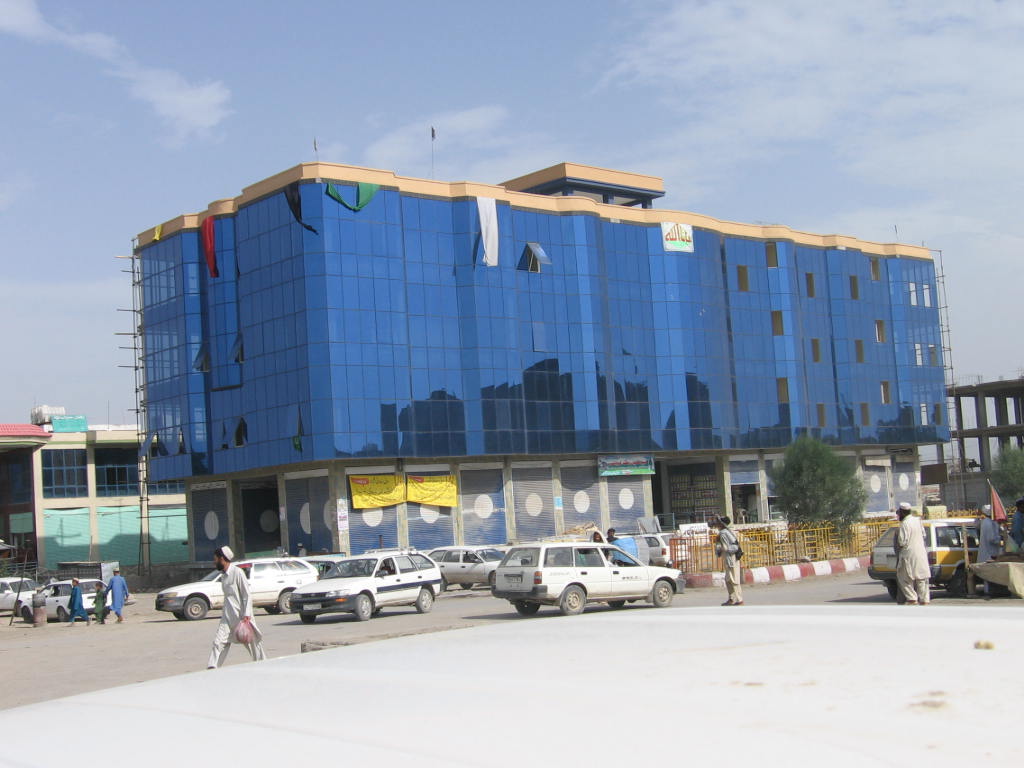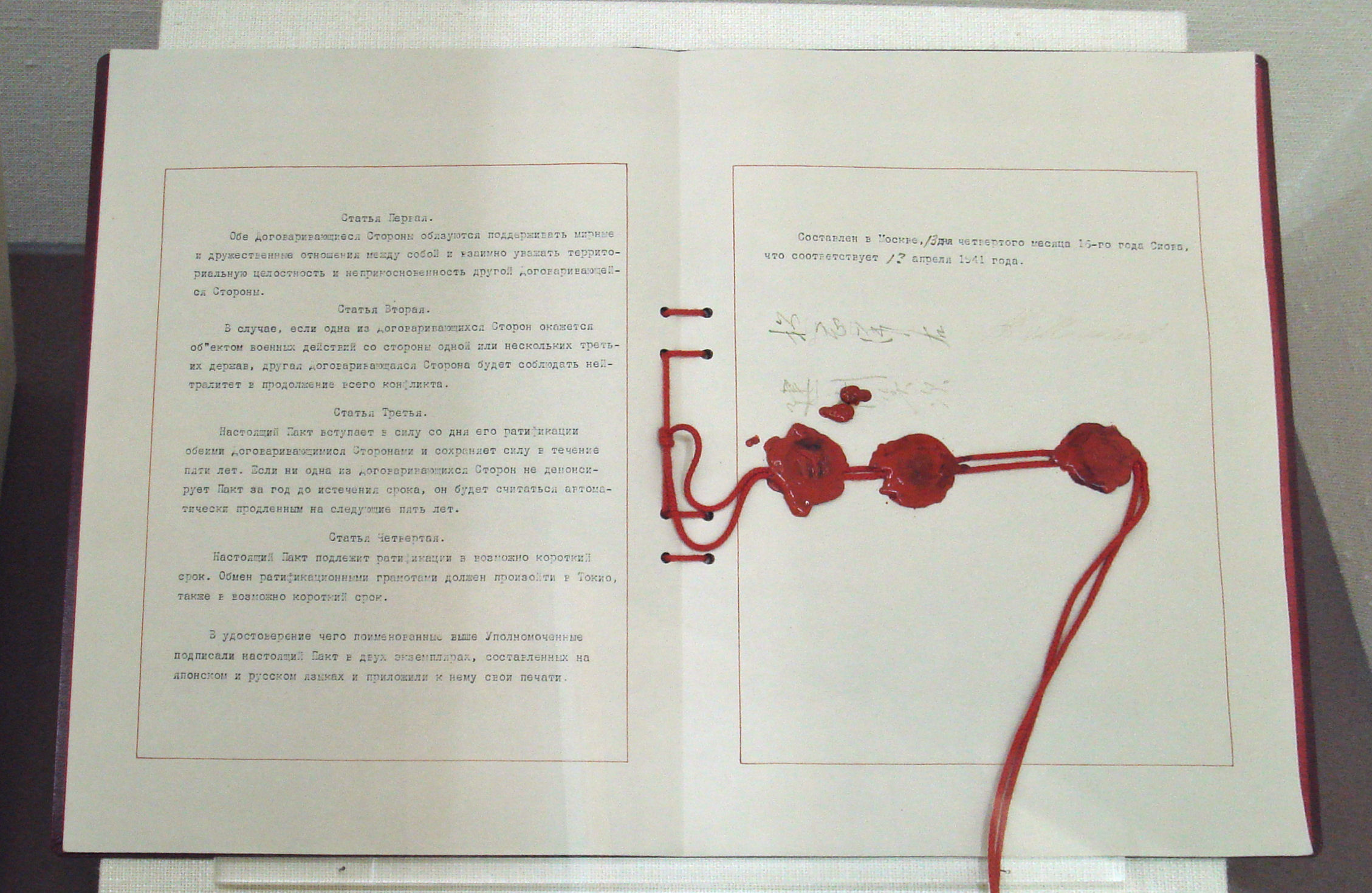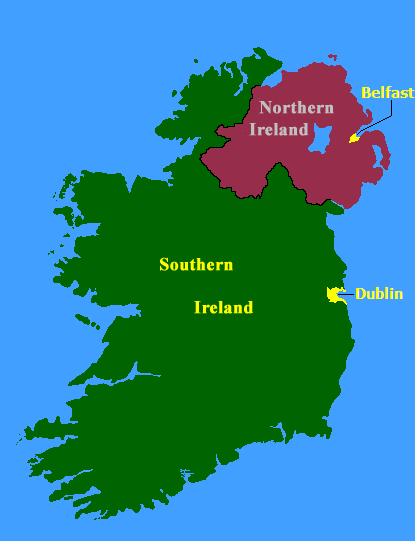|
Axis Power Negotiations On The Division Of Asia During World War II
As the Axis powers of Germany, Italy, and Japan cemented their military alliance by mutually declaring war against the United States on December 11, 1941, the Japanese proposed a clear territorial arrangement with the two main European Axis powers concerning the Asian continent.Rich, Norman (1973). ''Hitler's War Aims: Ideology, the Nazi State, and the Course of Expansion''. W.W. Norton & Company Inc., p. 235 On December 15, they presented the Germans with a drafted military convention that would delimit the continent of Asia into two separate "operational spheres" (zones of military responsibility) by a dividing line along the 70th meridian east longitude, going southwards through the Ob River's Arctic estuary, southwards to just east of Khost in Afghanistan and heading into the Indian Ocean just west of Rajkot in India, to split the ''Lebensraum'' land holdings of Germany and the similar ''spazio vitale'' areas of Italy to the west of it, and the Empire of Japan (and the Gr ... [...More Info...] [...Related Items...] OR: [Wikipedia] [Google] [Baidu] |
Adolf Hitler
Adolf Hitler (; 20 April 188930 April 1945) was an Austrian-born German politician who was dictator of Nazi Germany, Germany from 1933 until Death of Adolf Hitler, his death in 1945. Adolf Hitler's rise to power, He rose to power as the leader of the Nazi Party, becoming the Chancellor of Germany, chancellor in 1933 and then taking the title of in 1934. During his dictatorship, he initiated European theatre of World War II, World War II in Europe by invasion of Poland, invading Poland on 1 September 1939. He was closely involved in military operations throughout the war and was central to the perpetration of the Holocaust: the genocide of Holocaust victims, about six million Jews and millions of other victims. Hitler was born in Braunau am Inn in Austria-Hungary and was raised near Linz. He lived in Vienna later in the first decade of the 1900s and moved to Germany in 1913. He was decorated during his Military career of Adolf Hitler, service in the German Army in Worl ... [...More Info...] [...Related Items...] OR: [Wikipedia] [Google] [Baidu] |
Khost
Khōst ( ps, خوست) is the capital of Khost Province in Afghanistan. It is the largest city in the southeastern part of the country, and also the largest in the region of Loya Paktia. To the south and east of Khost lie Waziristan and Kurram in Pakistan. Khost is the home of Shaikh Zayed University. Khost Airport serves the city as well as the larger region surrounding the city. On 15 August 2021, Khost was seized by Taliban fighters, becoming the twenty-eighth provincial capital to be captured by the Taliban as part of the wider 2021 Taliban offensive. Geography Khost is located about 150 kilometres south of Kabul. Khost lies on a plateau of minimally altitude that extends to the East for about until the Pakistan border. Thirty km to the North the peaks rise up to while farther South near the border, the average is around 1,800 m. Climate Khost has a semi-arid climate (Köppen ''BSk'' though very close to qualifying as ''BSh''). Khost is located in the "Khost Bowl", ... [...More Info...] [...Related Items...] OR: [Wikipedia] [Google] [Baidu] |
Iran
Iran, officially the Islamic Republic of Iran, and also called Persia, is a country located in Western Asia. It is bordered by Iraq and Turkey to the west, by Azerbaijan and Armenia to the northwest, by the Caspian Sea and Turkmenistan to the north, by Afghanistan and Pakistan to the east, and by the Gulf of Oman and the Persian Gulf to the south. It covers an area of , making it the 17th-largest country. Iran has a population of 86 million, making it the 17th-most populous country in the world, and the second-largest in the Middle East. Its largest cities, in descending order, are the capital Tehran, Mashhad, Isfahan, Karaj, Shiraz, and Tabriz. The country is home to one of the world's oldest civilizations, beginning with the formation of the Elamite kingdoms in the fourth millennium BC. It was first unified by the Medes, an ancient Iranian people, in the seventh century BC, and reached its territorial height in the sixth century BC, when Cyrus the Great fo ... [...More Info...] [...Related Items...] OR: [Wikipedia] [Google] [Baidu] |
Wehrmacht
The ''Wehrmacht'' (, ) were the unified armed forces of Nazi Germany from 1935 to 1945. It consisted of the ''Heer'' (army), the ''Kriegsmarine'' (navy) and the ''Luftwaffe'' (air force). The designation "''Wehrmacht''" replaced the previously used term and was the manifestation of the Nazi regime's efforts to rearm Germany to a greater extent than the Treaty of Versailles permitted. After the Nazi rise to power in 1933, one of Adolf Hitler's most overt and audacious moves was to establish the ''Wehrmacht'', a modern offensively-capable armed force, fulfilling the Nazi régime's long-term goals of regaining lost territory as well as gaining new territory and dominating its neighbours. This required the reinstatement of conscription and massive investment and defense spending on the arms industry. The ''Wehrmacht'' formed the heart of Germany's politico-military power. In the early part of the Second World War, the ''Wehrmacht'' employed combined arms tactics (close-cover ... [...More Info...] [...Related Items...] OR: [Wikipedia] [Google] [Baidu] |
Vladivostok
Vladivostok ( rus, Владивосто́к, a=Владивосток.ogg, p=vɫədʲɪvɐˈstok) is the largest city and the administrative center of Primorsky Krai, Russia. The city is located around the Zolotoy Rog, Golden Horn Bay on the Sea of Japan, covering an area of , with a population of 600,871 residents as of 2021. Vladivostok is the second-largest city in the Far Eastern Federal District, as well as the Russian Far East, after Khabarovsk. Shortly after the signing of the Treaty of Aigun, the city was founded on July 2, 1860 as a Russian military outpost on formerly Chinese land. In 1872, the main Russian naval base on the Pacific Ocean was transferred to the city, stimulating the growth of modern Vladivostok. After the outbreak of the Russian Revolution in 1917, Vladivostok was Allied intervention in the Russian Civil War, occupied in 1918 by White Russian and Allies_of_World_War_I, Allied forces, the last of whom from Japan were not withdrawn until 1922; by that tim ... [...More Info...] [...Related Items...] OR: [Wikipedia] [Google] [Baidu] |
Pacific
The Pacific Ocean is the largest and deepest of Earth's five oceanic divisions. It extends from the Arctic Ocean in the north to the Southern Ocean (or, depending on definition, to Antarctica) in the south, and is bounded by the continents of Asia and Oceania in the west and the Americas in the east. At in area (as defined with a southern Antarctic border), this largest division of the World Ocean—and, in turn, the hydrosphere—covers about 46% of Earth's water surface and about 32% of its total surface area, larger than Earth's entire land area combined .Pacific Ocean . '' Britannica Concise.'' 2008: Encyclopædia Britannica, Inc. The centers of both the |
Lend Lease
Lend-Lease, formally the Lend-Lease Act and introduced as An Act to Promote the Defense of the United States (), was a policy under which the United States supplied the United Kingdom, the Soviet Union and other Allied nations with food, oil, and materiel between 1941 and 1945. It was given on the basis that such help was essential for the defense of the United States; this aid included warships and warplanes, along with other weaponry. It was signed into law on March 11, 1941, and ended on September 20, 1945. In general, the aid was free, although some hardware (such as ships) were returned after the war. Canada, already a belligerent, supplemented its aid to Great Britain with a similar, smaller program called Mutual Aid. A total of $50.1 billion (equivalent to $ in ) worth of supplies was shipped, or 17% of the total war expenditures of the U.S. In all, $31.4 billion went to the United Kingdom, $11.3 billion to the Soviet Union, $3.2 billion to France, $1.6 billion to Chin ... [...More Info...] [...Related Items...] OR: [Wikipedia] [Google] [Baidu] |
Eastern Front (World War II)
The Eastern Front of World War II was a Theater (warfare), theatre of conflict between the European Axis powers against the Soviet Union (USSR), Polish Armed Forces in the East, Poland and other Allies of World War II, Allies, which encompassed Central Europe, Eastern Europe, Northern Europe, Northeast Europe (Baltic states, Baltics), and Southeast Europe (Balkans) from 22 June 1941 to 9 May 1945. It was known as the Great Patriotic War (term), Great Patriotic War in the Soviet Union – and still is in some of its successor states, while almost everywhere else it has been called the ''Eastern Front''. In present-day German and Ukrainian historiography the name German-Soviet War is typically used. The battles on the Eastern Front of the Second World War constituted the largest military confrontation in history. They were characterised by unprecedented ferocity and brutality, wholesale destruction, mass deportations, and immense loss of life due to combat, starvation, expos ... [...More Info...] [...Related Items...] OR: [Wikipedia] [Google] [Baidu] |
Soviet–Japanese Neutrality Pact
The , also known as the , was a non-aggression pact between the Soviet Union and the Empire of Japan signed on April 13, 1941, two years after the conclusion of the Soviet-Japanese Border War. The agreement meant that for most of World War II, the two nations fought against each other's allies but not against each other. In 1945, late in the war, the Soviets scrapped the pact and joined the Allied campaign against Japan. Background After the Fall of France and then the expansion of the Axis Powers, the Soviet Union wished to mend its diplomatic relations in the Far East to safeguard its eastern border and to concentrate on the European Theatre of World War II. On the other hand, the Empire of Japan was bogged down in a seemingly-interminable war against China and had rapidly-deteriorating diplomatic relations with the United States. Those factors made the Japanese seek an accommodation with the Soviet Union to improve its international standing and to secure the northern bord ... [...More Info...] [...Related Items...] OR: [Wikipedia] [Google] [Baidu] |
Partition (politics)
In politics, a partition is a change of political borders cutting through at least one territory considered a homeland by some community.Brendan O'LearyDEBATING PARTITION: JUSTIFICATIONS AND CRITIQUES Arguments for *historicist – that partition is inevitable, or already in progress * last resort – that partition should be pursued to avoid the worst outcomes (genocide or large-scale ethnic expulsion), if all other means fail * cost–benefit – that partition offers a better prospect of conflict reduction than the if existing borders are not changed * better tomorrow – that partition will reduce current violence and conflict, and that the new more homogenized states will be more stable * rigorous end – heterogeneity leads to problems, hence homogeneous states should be the goal of any policy Arguments against * national territorial unity will be lost * bi-nationalism and multi-nationalism are not undesirable * the impossibility of a just partition * difficult in de ... [...More Info...] [...Related Items...] OR: [Wikipedia] [Google] [Baidu] |
Greater East Asia Co-Prosperity Sphere
The , also known as the GEACPS, was a concept that was developed in the Empire of Japan and propagated to Asian populations which were occupied by it from 1931 to 1945, and which officially aimed at creating a self-sufficient bloc of Asian peoples and states that would be led by the Japanese and be free from the rule of Western powers. The idea was first announced on 1 August 1940 in a radio address delivered by Foreign Minister Yōsuke Matsuoka. The intent and practical implementation of the Greater East Asia Co-Prosperity Sphere varied widely depending on the group and government department involved. Policy theorists who conceived it, as well as the vast majority of the Japanese population at large, saw it for its pan-Asian ideals of freedom and independence from Western colonial rule. In practice, however, it was frequently used by militarists and nationalists, who saw an effective policy vehicle through which to strengthen Japan's position and advance its dominance within ... [...More Info...] [...Related Items...] OR: [Wikipedia] [Google] [Baidu] |
Spazio Vitale
(, "living space") was the territorial expansionist concept of Italian Fascism. It was defined in universal terms as "that part of the globe over which extends either the vital requirements or expansionary impetus of a state with strong unitary organization which seeks to satisfy its needs by expanding beyond its national boundaries". Spazio vitale was analogous to Nazi Germany's concept of ''Lebensraum''. The territorial extent of the Italian ''spazio vitale'' was to cover the Mediterranean as a whole (''Mare Nostrum'') and Northern Africa from the Atlantic Ocean to the Indian Ocean. It was to be divided into ''piccolo spazio'' ("small space"), which was to be inhabited only by Italians, and ''grande spazio'' ("large space") inhabited by other nations to be under the Italian sphere of influence. The nations in the ''grande spazio'' would be subjected to Italian rule and protection, but were to keep their own languages and cultures. Fascist ideologist Giuseppe Bottai likened ... [...More Info...] [...Related Items...] OR: [Wikipedia] [Google] [Baidu] |




.jpg)





